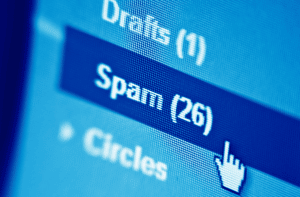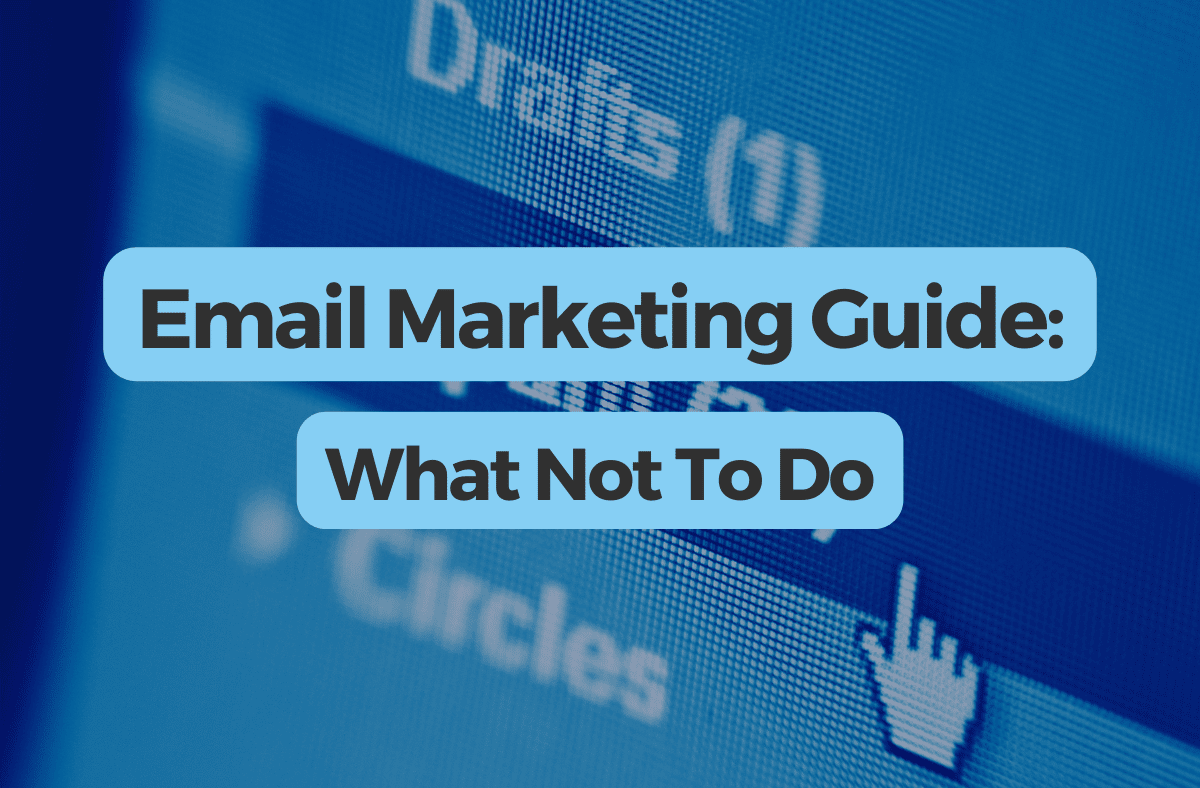Email Marketing Guide: What Not To Do
We’ve sent our fair share of marketing emails here at The Lead Generation Company, on behalf of a variety of clients and in varying tones of voice. We’ve written quite extensively about the best practices for email marketing, but what about what not to do? In the following email marketing guide, we’ll break down all the main pitfalls you should be trying to avoid when sending marketing emails.
If you’re trying to not enrage your audience and potential clients, it’s vital that you adhere to the following.
Email Marketing Guide: Don’t Buy Email Lists from Illegitimate Sources
If you’re not aware of the consequences of such poor practices, you could be tempted to purchase email lists from sources that you don’t know for sure are legitimate. If you do buy from illegitimate sources, the poor quality of these emails will be the least of your worries.
Companies who purchase email lists from shady sources can face legal trouble, so it’s never worth it. If you’re looking for a marketing agency that guarantees legitimate, targeted data for your email marketing campaign (and for a range of other campaigns!), look no further than The Lead Generation Company (TLGC).

Try Not to Mislead Your Audience in the Subject Line
Getting creative with your subject lines is encouraged, and often is the only way to actually get a decent open rate. In most cases, the subject line is technically even more important than the copy in the actual email, because your audience isn’t ever going to read that copy if they haven’t been enticed by the subject line.
But a misleading subject line, even one that just slightly over-promises, is just one of the many things that can prompt someone to unsubscribe from your campaign.
B2B campaigns are inherently trickier than B2C campaigns when it comes to the subject lines for your emails. It’s a lot harder to just promise free stuff, for example. But don’t get desperate! There’s an endless amount of creative ways to get your audience to open your emails without relying on borderline lies.

Don’t Ignore the Reports from Your Email Delivery Platform
If you’re using an email delivery platform (and you should be, if you’re sending a lot of emails), the platform will generate reports to tell you how your campaigns are performing. Those reports are there for a reason. They can show you what’s working, and what’s not working.
For example, it might be that your subject lines have been catchy enough to garner a hefty open rate. That’s all well and good, but if your copy isn’t effective, then the percentage of people who have clicked through the email (meaning clicked on any of the links within the email) will be low.
There’s a lot more to platforms like Mailchimp than you might have initially realised. It’s a lot more than the open rate and clicks counter.

Don’t Send Too Many Emails
This one probably goes without saying, but one of the main reasons people unsubscribe from email campaigns is that they’ve been burdened with too many emails in a small period of time. At the very most, a weekly email will do, but you shouldn’t be sending a weekly email constantly, especially if your audience isn’t really responding. Most people never really bother to unsubscribe from email campaigns, but that doesn’t mean they’re bound to click open any of your emails.
It’s important that the emails you do send are offering something of value, otherwise, your audience is far more likely to click that ‘unsubscribe’ button.
Don’t Ignore Optimisation for Other Devices
A lot of the time, your emails are going to be opened on a phone, rather than on a desktop computer. You need to make sure you’re optimising your email for as many devices as your email delivery service allows.

Try Not to Look Like Spam
This can take practice, as it tends to be quite unclear what constitutes a red flag in the eyes of an email provider. There’s a number of basics you should be aware of, though. Things like writing your subject line in all caps, including several links in your email rather than just 1-3, and including several pictures… these are all things you should be avoiding if you want to prevent your email from going straight to spam.


Ryan Whyte is the Senior Campaign Manager where he leads a team of B2B telemarketers to deliver high-quality leads for clients. With a strong background in campaign management and a focus on driving results, Ryan is dedicated to optimising strategies that maximise client success in B2B lead generation.



















